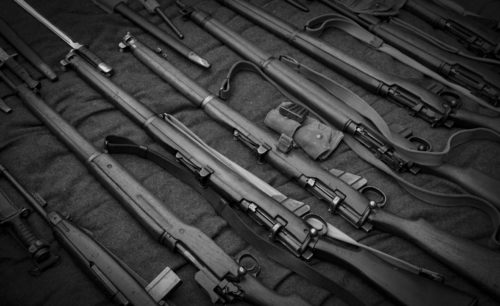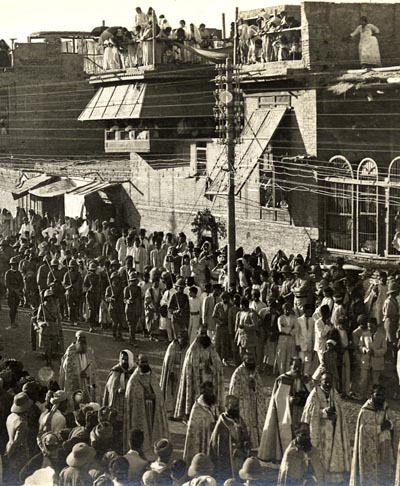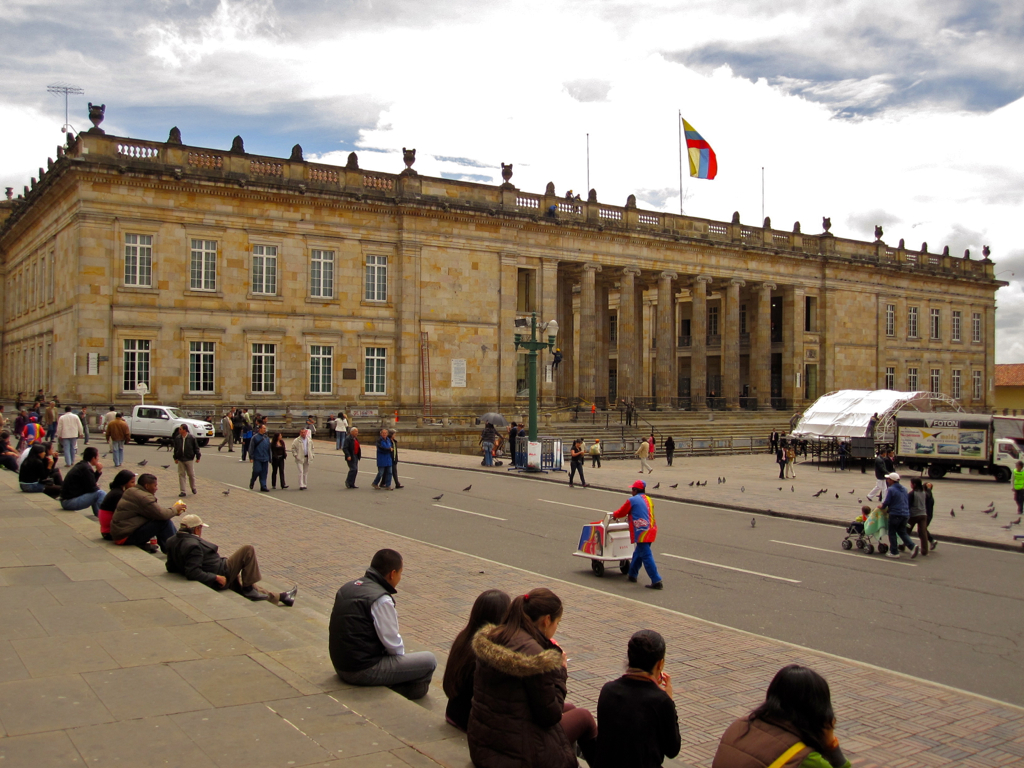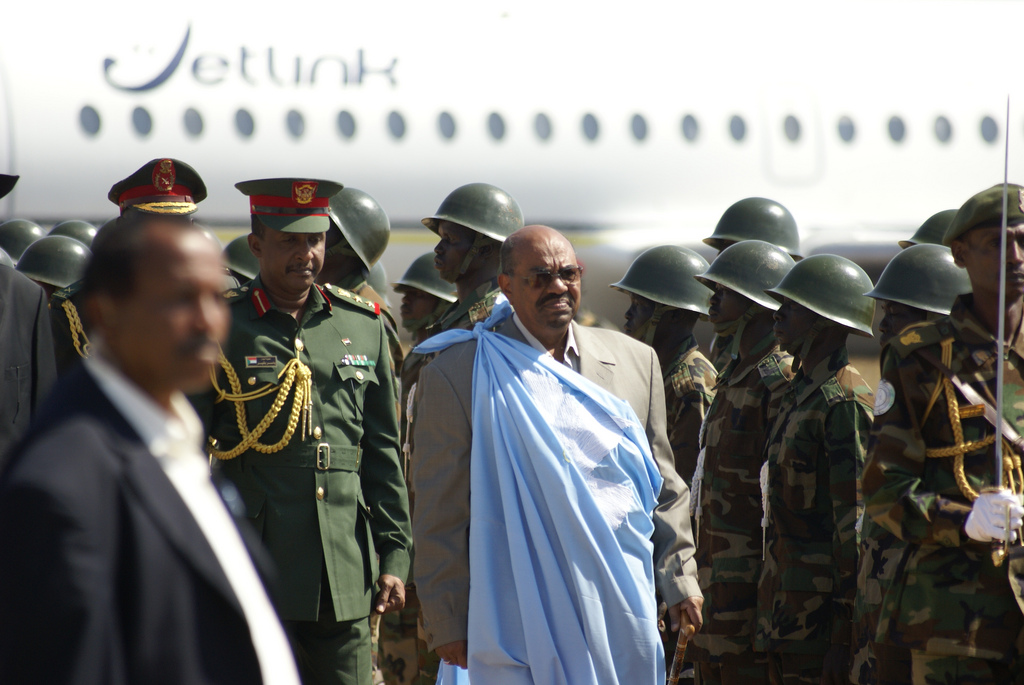
Good news is a rare commodity in the Democratic Republic of Congo (DRC). So skepticism is in order but the initial reports about the progress made by the UN’s Force Intervention Brigade in pushing the M23 rebels to disarm sound promising. Earlier this year I blogged that the UN’s 3,000-strong intervention brigade, sent to “neutralize armed groups” in the DRC, could provide a template of sorts for future conflicts. The UN suggested that the brigade, which was accompanied by the use of drones over DRC airspace, was a one-off and not a plug-and-play template to be tried elsewhere. But compared to past peacekeeping missions, it has been remarkably successful in a short amount of time. The M23 rebels have, at least temporarily, laid down their arms. Sure, there are at least 10 other rebel groups still present in the eastern parts of the country. Sure, the rebels were riven with internal rivalries before the arrival of UN peacekeepers. And sure the US decision to squeeze the Rwandan government probably helped shift the momentum as much as the peacekeeper’s arrival. But, there is still room for cautious optimism.
The question is: Can such an offensive-oriented intervention brigade become a new kind of template for future peacekeeping operations? I am cautiously optimistic it can. First, I am skeptical of claims that such an intervention force, which was given a more aggressive mandate under Chapter VII powers and smarter leadership (its military commander, Lt. Gen. Carlos Alberto dos Santos Cruz, brought a no-nonsense use of force he honed from pacifying slums in Haiti) should not at least try to be replicated elsewhere. The fears come in two forms: First, there is concern that such peacekeepers will endanger the lives of aid workers, since combatants will not be able to tell the two apart. Second, there is a worry that the UN’s highest contributor countries to peacekeeping operations, such as India, Uruguay or Bangladesh, will be less likely to supply troops in the future if their forces are put in greater danger.
I think the benefits of ending the violence promptly and with aggressive force far outweigh the risks (which are plenty). I also think that those who seek political solutions may be deluding themselves (nor are the two types of conflict resolution mutually exclusive, of course). Indeed, as readers of this blog know quite well, the trouble with UN peacekeeping to date has been its inability to shape the balance of power on the ground in any kind of meaningful way and provide the necessary security to bring about political reconciliation.
The lessons from the Intervention Brigade are twofold: First, sending in a peacekeeping force is not enough to change the balance of power and bring about peace. Without the US cutoff of support to Rwanda’s Kagame, it is likely the brigade would still be bogged down. Second, the leadership and makeup of such interventions matter. The skills of Santos Cruz have brought discipline to the brigade. The South Africans, Tanzanians, and Malawians who make up the bulk of the brigade have an obvious vested interest in seeing this area pacified. To be sure, nobody is suggesting this kind of peacekeeper is a neutral or honest broker. In that way, some might argue they violate the oath of “do no harm.” But too often such peacekeepers are poorly equipped, or simply lack the mandate, to have any effect on controlling the belligerents on the ground. This is not a lesson that “force works, and absolute force absolutely.” But we would be crazy not to try to replicate success. The disarming of the M23 rebels is a rare success story from a region starving for good news.







6 comments
The problem is that even if all else is the same, if the nations supplying the soldiers don’t want their soldiers in harms way then the mission will be troubled at best. Look at the nations wanting to pull their peacekeeping forces out of the Golan Heights because suddenly it has become a violent place.
I would be curious on hearing more on how the Force Intervention Brigade’s contributing countries were convinced to contribute soldiers to what was explicitly intended as a combat force, in contrast to other UN peacekeeping missions.